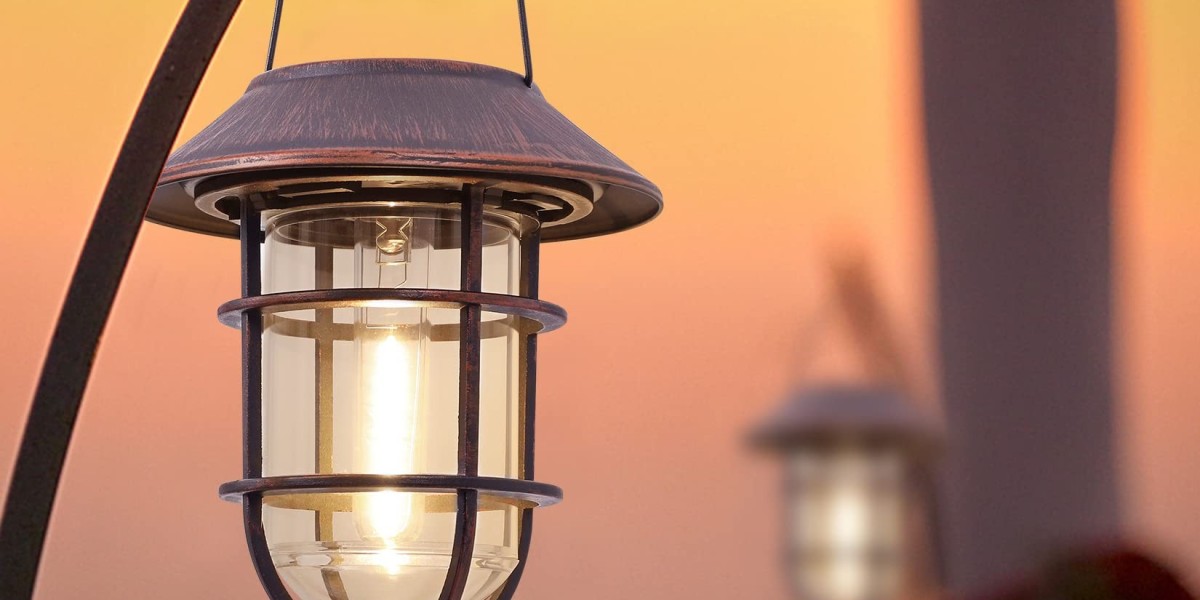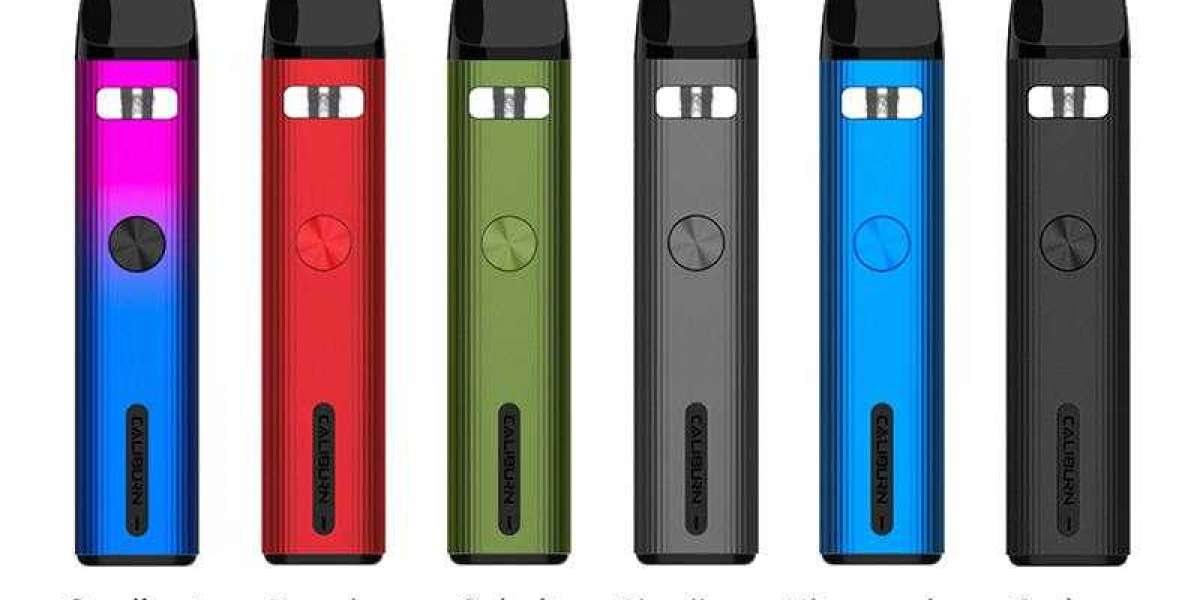Follow Dawn Russell for more
Understanding the Basics
The diagram below illustrates the key components of a solar lighting system:
Solar Panel: Absorbs the sun's energy and transfers it to the charge controller.
Charge Controller: Regulates the power from the solar panel to charge the rechargeable batteries. It prevents overcharging or over-discharging of the batteries.
Light Activation: When the sun sets, the solar panel sends a signal to the charge controller, which then turns on the light using the power stored in the batteries.
Morning Activation: As the sun rises, the solar panel detects the light and signals the charge controller to turn off the light. This cycle repeats daily.
Read more: Best Light for Plant Growth
Solar Panels: Harnessing the Sun's Energy
Solar panels are responsible for collecting the sun's energy and converting it into DC power. The size of the solar panel depends on several factors:
Power Consumption: The size of the solar panel is determined by the amount of power required. A higher power consumption will necessitate a larger solar panel.
Geographic Location: The location where the solar panel is installed affects its size. Areas with higher sun levels, such as Miami, Florida, require smaller panels compared to regions with lower sun levels, like Seattle, Washington.
Panel Orientation: The direction and angle of the solar panel installation impact its size. To maximize sun exposure, the panel should face due south. For optimal performance during winter months, the panel should be installed at an angle 15 degrees plus the latitude of the installation site.
Lighting Duration: The length of time the light needs to stay on also influences the solar panel size. The longer the light stays on, the larger the panel required.
Read more: Lighting Design Paperwork for Theatre
Batteries: Storing Solar Energy
Solar systems rely on batteries to store the energy collected by the panels. Keep in mind that solar panels absorb energy but do not store it. The battery size and type depend on similar factors as those for solar panel sizing:
Light Duration and Power Consumption: The longer the light needs to stay on and the higher the power consumption, the larger the battery required. Choices range from small AA rechargeable batteries to lithium battery packs or car battery-sized options.
Weatherproof Battery Enclosure: All the systems offered come with a lockable weatherproof battery enclosure designed to house the batteries securely.
Charge Controllers: Regulating the System
Solar systems employ charge controllers to regulate the energy flow between the solar panel and the batteries. The charge controller prevents overcharging or over-discharging of the batteries and controls when the light turns on and off. Some key features of charge controllers include:
Illumination Time Settings: Many charge controllers can be programmed to adjust the duration of illumination. They can turn the light on from sunset to sunrise or for a specified period after sunset before turning off.
Dimming and Motion Sensors: Charge controllers can be equipped with additional features such as dimming capabilities and motion sensors to conserve power.
Read more: Why You Should Illuminate Your Flag With A Solar Flagpole Light
Light Fixtures: Efficient and Versatile
Most solar lights use LEDs as their light source due to their energy efficiency. LEDs can provide more light (lumens) while using less power (Watts) compared to traditional bulbs like incandescent, CFLs, high-pressure sodium, or metal halide bulbs. The style of light fixtures can vary greatly, from decorative landscape lights to floodlights and even roadway and parking lot lights.
Now that you have a clearer understanding of how solar lighting systems work, you can make informed decisions when considering their installation.
Read more: Gas Pool Heater Troubleshooting
Frequently Asked Questions
Q: Are solar lighting systems suitable for all locations?
A: Solar lighting systems can be installed in various locations, but the size and orientation of the system may vary based on factors such as sun levels and geographic location.
Q: What happens during cloudy days or long nights?
A: Solar lighting systems are designed to store enough energy during sunny hours to power the lights during cloudy days or long nights. The battery capacity is determined based on the expected lighting duration.
Q: Can solar lighting systems be customized to specific requirements?
A: Yes, solar lighting systems can be customized to meet specific requirements such as lighting duration, motion sensor activation, and dimming capabilities.
Q: How long do solar lighting systems last?
A: The lifespan of solar lighting systems depends on various factors, including the quality of components used and maintenance. On average, these systems can last for 5 to 10 years or more.
Q: Are solar lighting systems environmentally friendly?
A: Yes, solar lighting systems are environmentally friendly as they harness renewable energy from the sun, reducing dependence on traditional power sources and minimizing carbon emissions.
Now that you have a better understanding of how solar lighting systems work, you can make informed choices when considering their use for your lighting needs.
Read more: Construction Administration: What Makes a Lighting Consultant an Asset?







